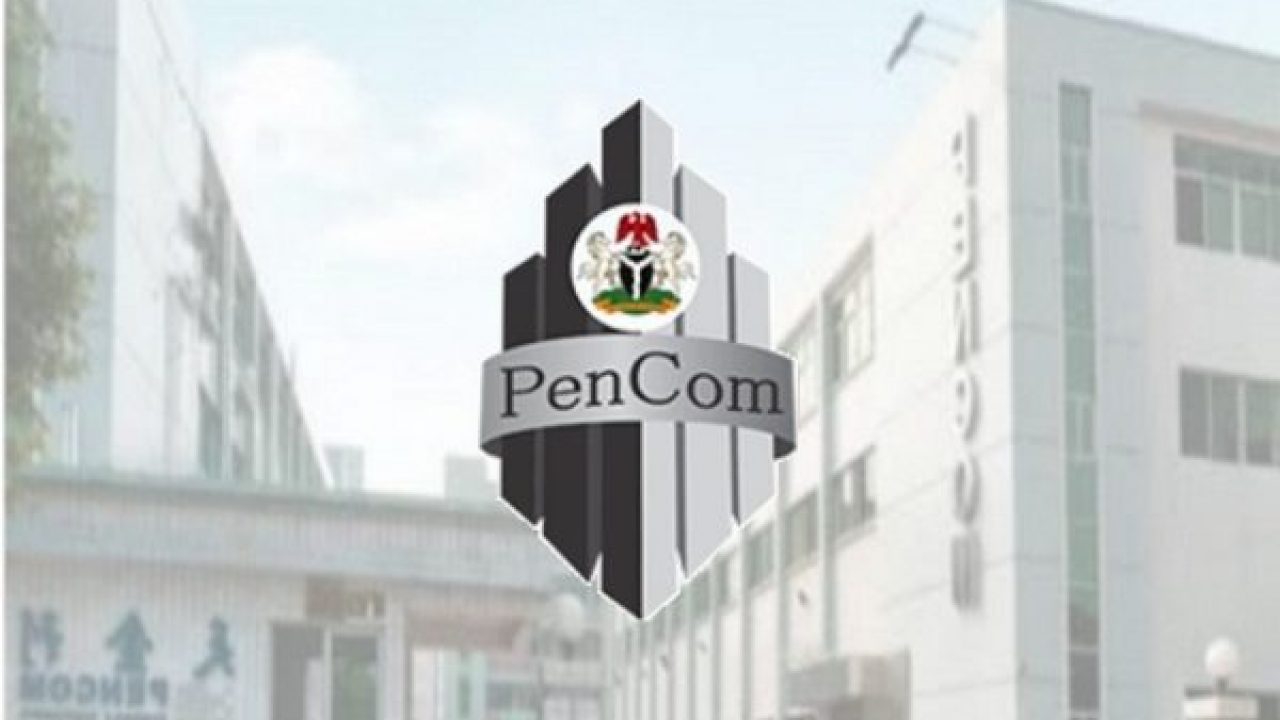Southwest Rolls Out Smart System to Prevent Critical Pilot Mistakes - Travel And Tour World
Tuesday, June 17, 2025

Southwest Airlines is taking significant steps to improve flight safety by introducing a new system designed to prevent critical errors during the most vulnerable phases of flight—takeoff and landing. The airline has begun installing Honeywell’s SmartRunway and SmartLanding systems across its fleet of Boeing 737 aircraft, marking a major upgrade to the cockpit safety features.
This system, part of Honeywell’s Enhanced Ground Proximity Warning System (EGPWS), provides pilots with real-time visual and audio alerts, warning them about potential hazards like incorrect runway usage or excessive speed. This move comes in response to several recent incidents, underscoring Southwest’s commitment to enhancing flight safety and reducing human error.
The two key components of the system, SmartRunway and SmartLanding, provide pilots with timely alerts during critical moments, such as when they are descending too quickly or approaching the wrong runway. These tools are designed to boost situational awareness and ensure that pilots have the necessary support to prevent accidents.
Since its introduction, the system has been installed on 87% of Southwest’s fleet, with plans for completion soon. This upgrade is not just limited to Boeing 737 aircraft—it is a system that is applicable to a wide range of Airbus and Boeing models, benefiting both commercial and business aviation.
The decision to integrate this advanced system follows a series of high-profile incidents that highlighted the need for improved safety measures. In July 2024, a Southwest 737 MAX descended dangerously close to the bay near Tampa International Airport, unaware of its proximity to the water until air traffic control intervened. In another case, a Southwest flight nearly took off from a taxiway at Orlando International Airport.
These incidents, among others, sparked immediate action from the airline. With the growing demand for enhanced safety in aviation, the introduction of these systems aims to prevent similar mistakes from happening again. Southwest has also introduced additional training for pilots to reinforce safety procedures and risk management.
Southwest’s partnership with Honeywell has been a longstanding one. The airline was the first to integrate Honeywell’s Integrated Multi-Mode Receiver into its fleet and selected Honeywell flight deck systems for its Boeing 737 MAX aircraft in 2015. This new upgrade marks another milestone in the partnership, highlighting the airline’s ongoing commitment to providing its pilots with cutting-edge tools for safer operations.
By installing SmartRunway and SmartLanding, Southwest aims to provide pilots with reliable, user-friendly systems that can proactively assist in preventing potential runway incidents or landing mistakes. As aviation safety continues to be a top priority, Southwest’s proactive approach serves as a model for other airlines.
In addition to the current upgrades, Honeywell is testing a next-generation system known as SURF-A. This system uses advanced data analytics and GPS technology to detect potential runway collisions with aircraft or vehicles before the pilot sees the obstruction. Once approved, SURF-A will offer a further layer of protection in busy airports, enhancing safety in complex environments.
Scheduled for certification in 2026, SURF-A is expected to complement the existing SmartRunway and SmartLanding systems, making airports even safer for pilots, crews, and passengers alike.
As Southwest Airlines continues to modernize its fleet and integrate advanced safety systems, the airline is also focused on sustaining its growth. With nearly 100% of the fleet scheduled to be equipped with these safety features by 2026, Southwest is setting the bar for innovation in aviation safety. These upgrades will help ensure that the airline remains a leader in both passenger comfort and safety.
With aviation safety increasingly being scrutinized globally, Southwest’s move to integrate such comprehensive safety measures underscores the airline’s commitment to providing its passengers with a safe and smooth journey. These advancements in cockpit technology will play a critical role in mitigating risk and ensuring that passengers continue to enjoy safe, reliable travel.
Southwest Airlines’ new safety upgrades are a clear response to the need for greater vigilance in aviation. With the integration of SmartRunway and SmartLanding systems, the airline is taking proactive measures to avoid the kinds of errors that have led to serious incidents in the past. As the airline continues to focus on passenger safety, these systems will be key to reducing risk during the most critical phases of flight.
The addition of these safety features, along with the continued training of pilots, showcases Southwest’s dedication to being at the forefront of aviation safety. With more innovations on the horizon, including the upcoming SURF-A system, the airline’s efforts to improve safety in the skies are expected to continue setting new standards for the industry.











